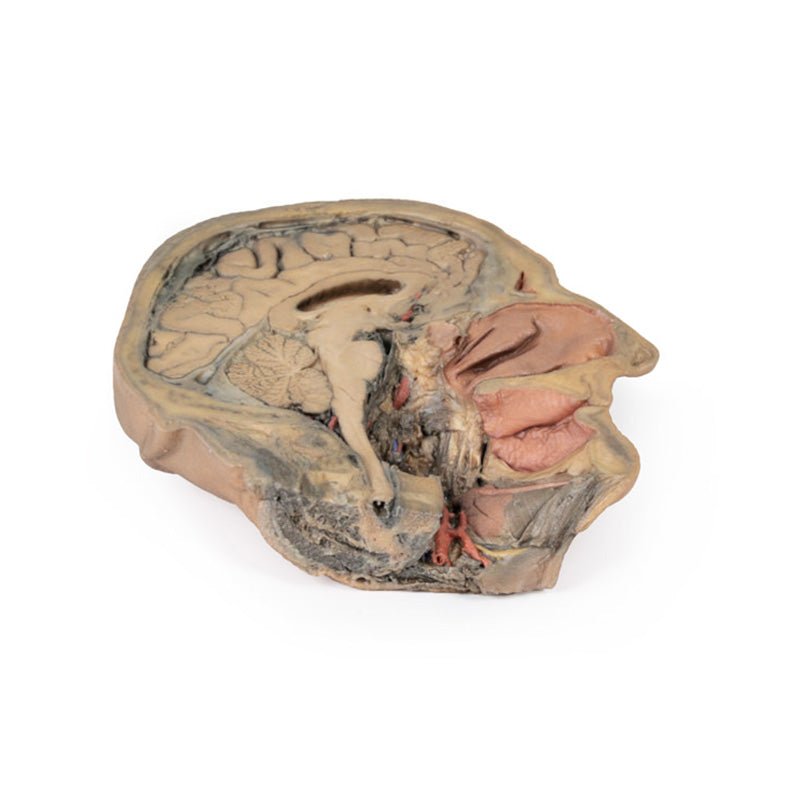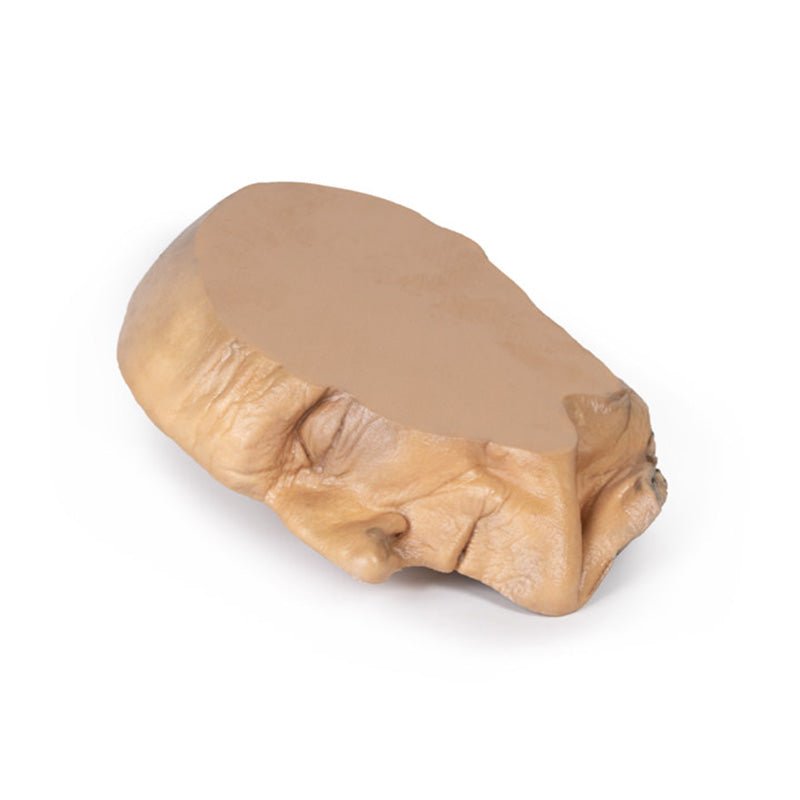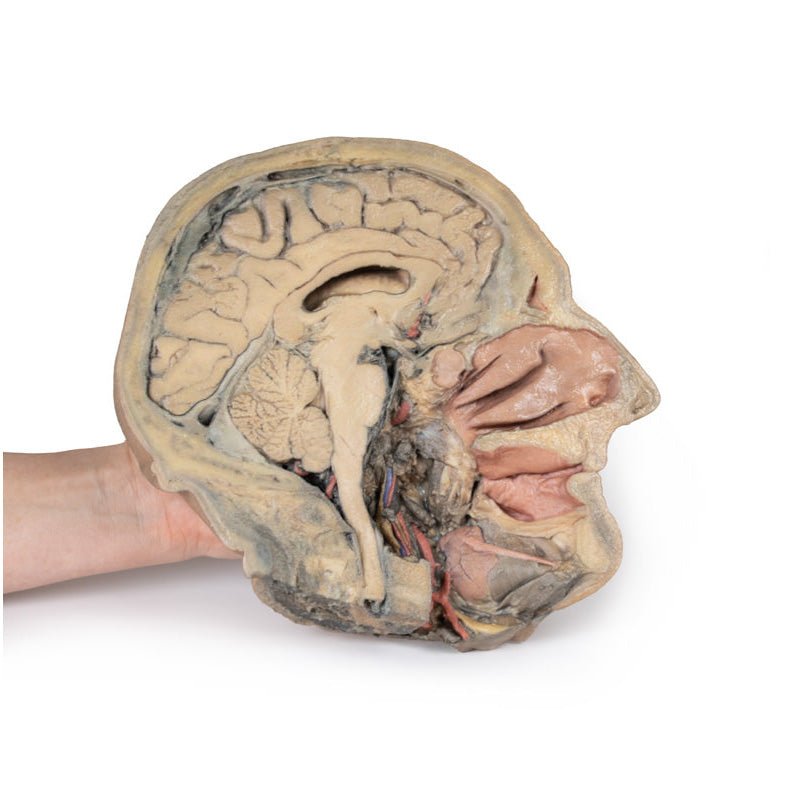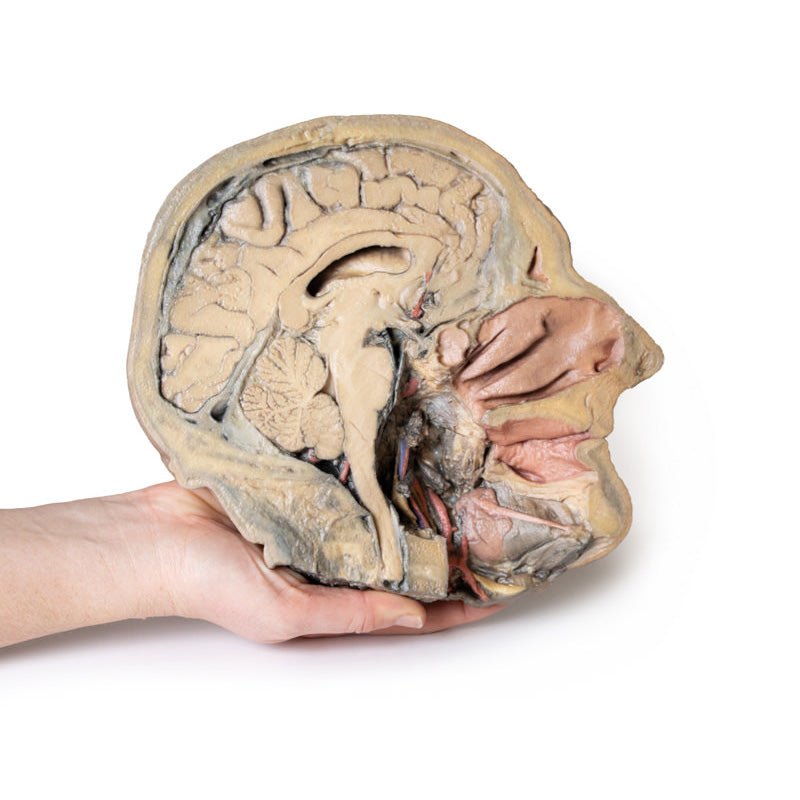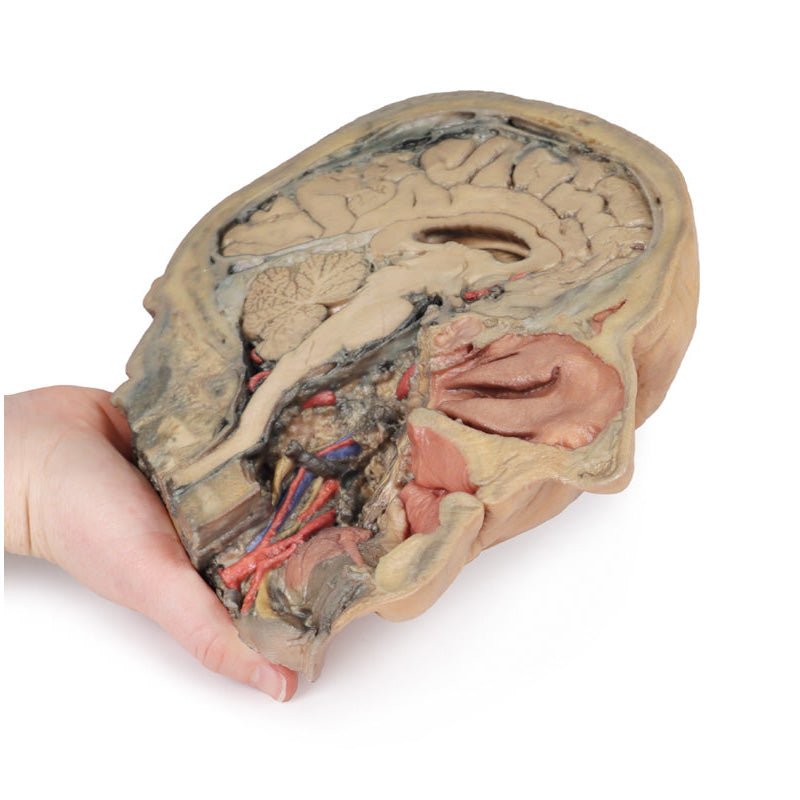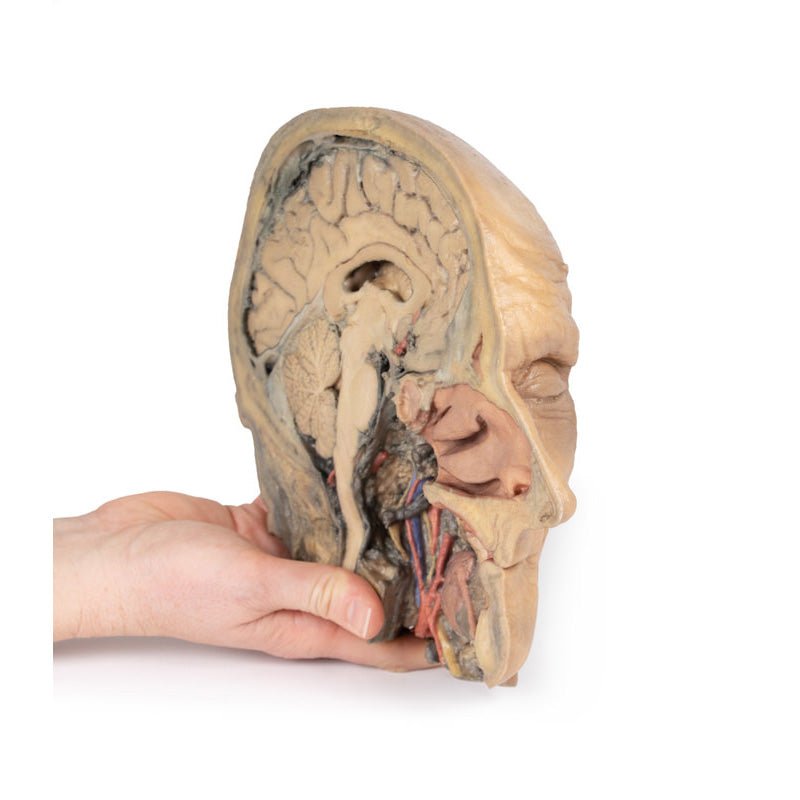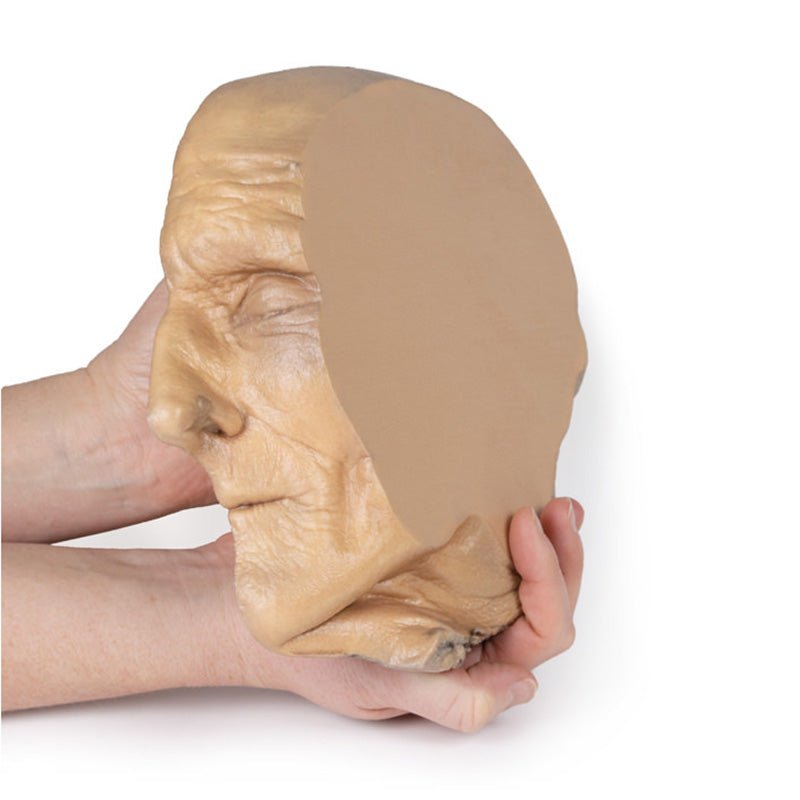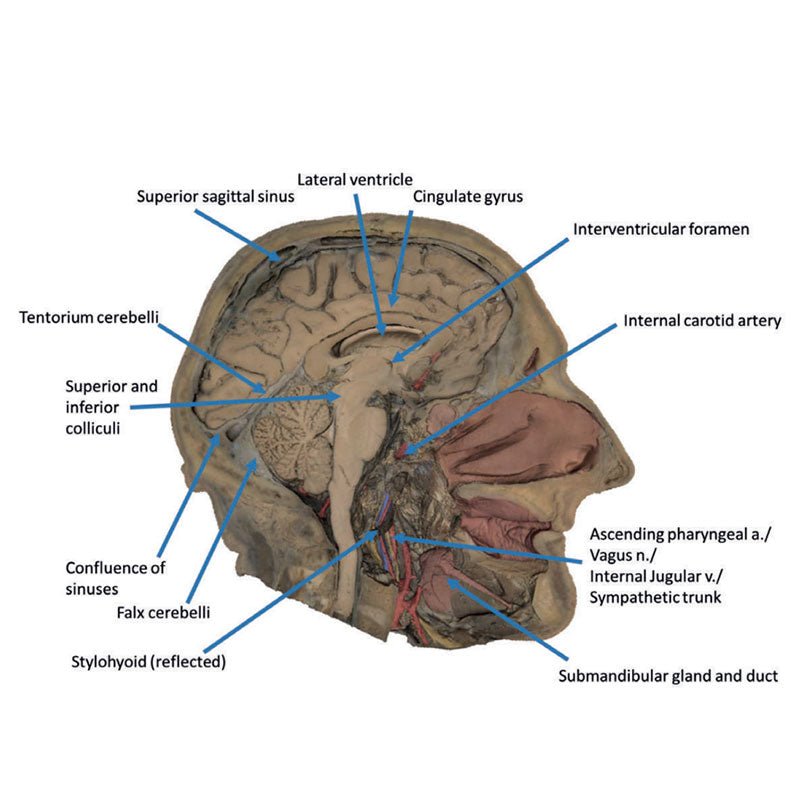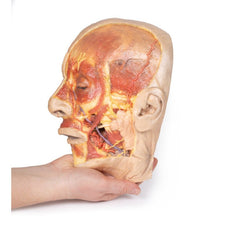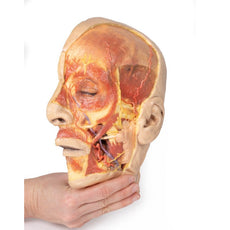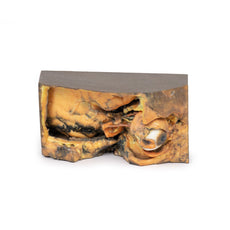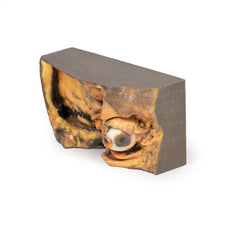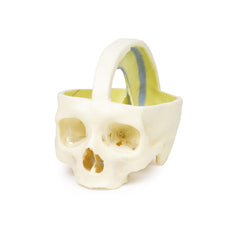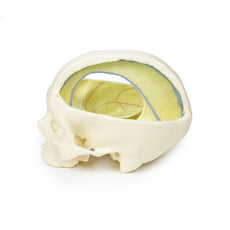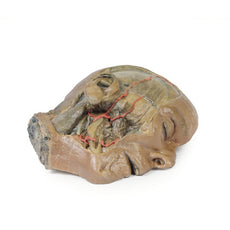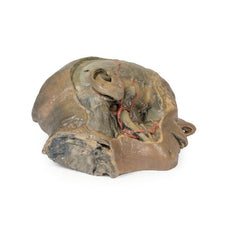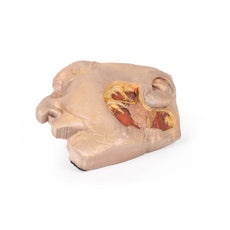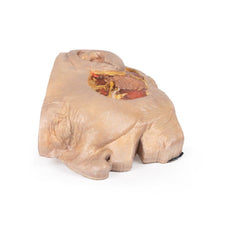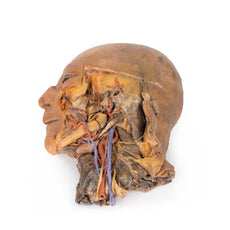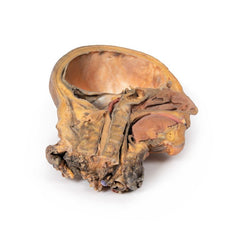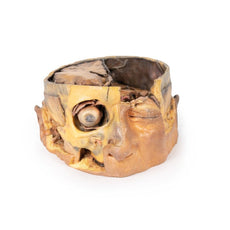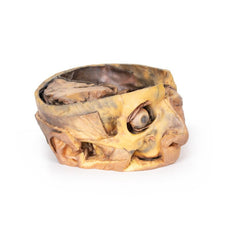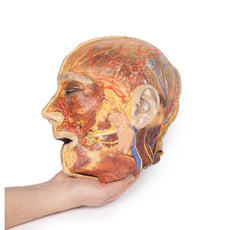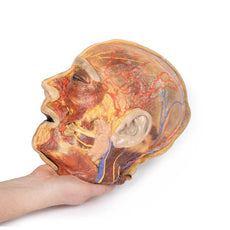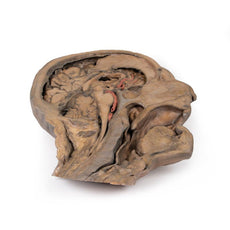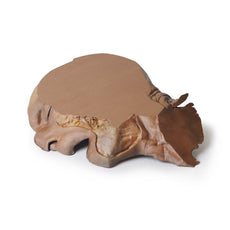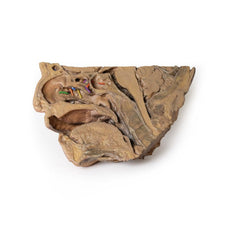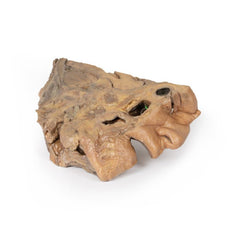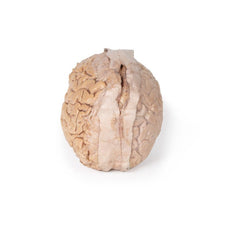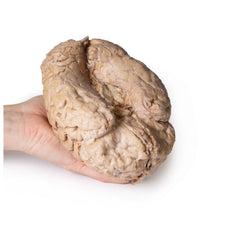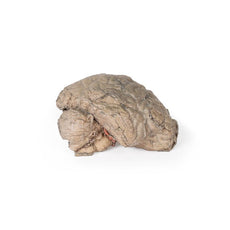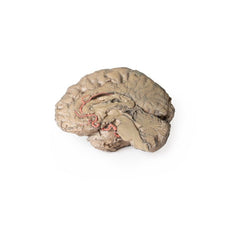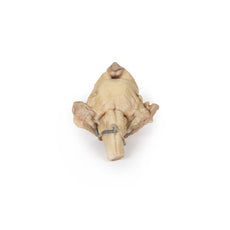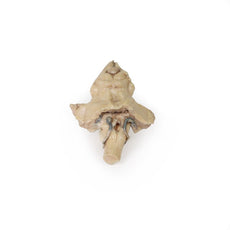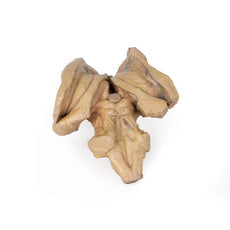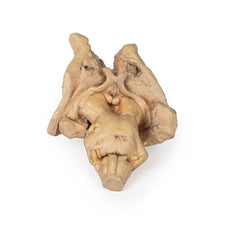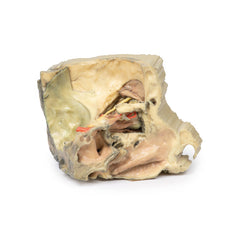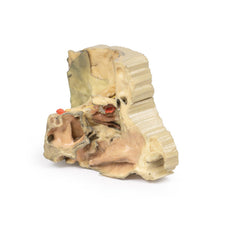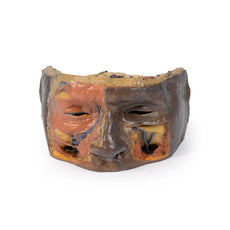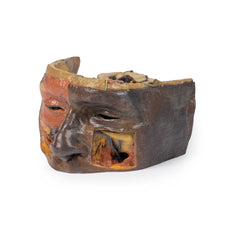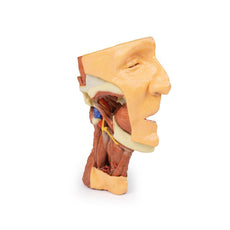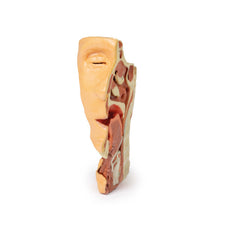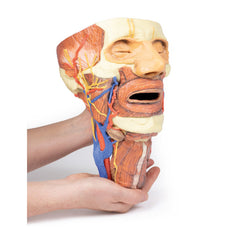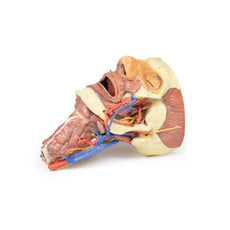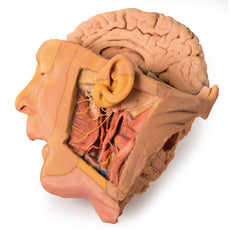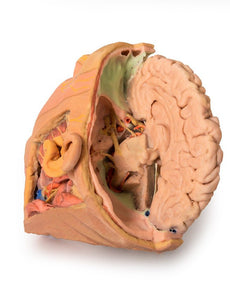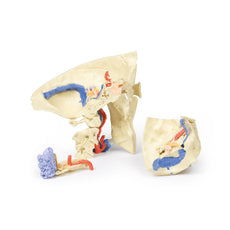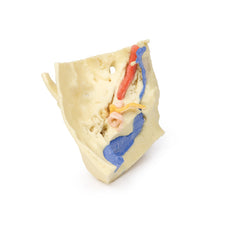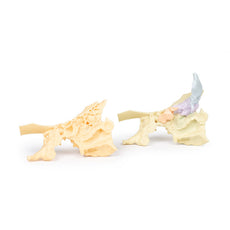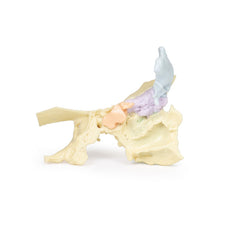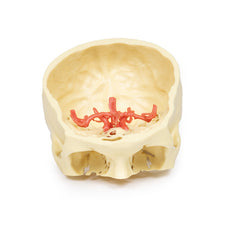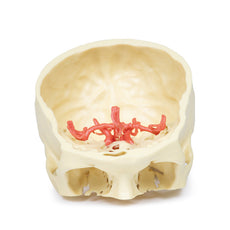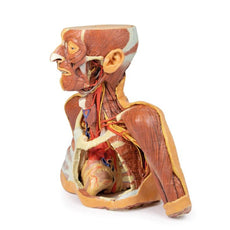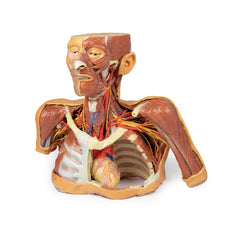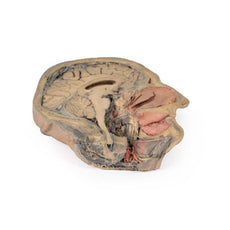Your shopping cart is empty.
3D Printed Median Section Through Head Sagittal Section of Head with Deep Dissection
Item # MP1105Need an estimate?
Click Add To Quote

-
by
A trusted GT partner -
FREE Shipping
U.S. Contiguous States Only -
3D Printed Model
from a real specimen -
Gov't pricing
Available upon request
3D Printed Median Section Through Head Sagittal Section of Head with Deep Dissection
This 3D model combines a midsagittal section of the head with preservation of brain and cranial cavity anatomy, with
a unique deep dissection of the pharyngeal region via removal of basicranial bone and the anterior parts of the
atlas and axis. As the opposing side is undissected it has been digitally eliminated from the model.
Within the
endocranial ca
3D Printed Median Section Through Head Sagittal Section of Head with Deep Dissection
This 3D model combines a midsagittal section of the head with preservation of brain and cranial cavity anatomy, with
a unique deep dissection of the pharyngeal region via removal of basicranial bone and the anterior parts of the
atlas and axis. As the opposing side is undissected it has been digitally eliminated from the model.
Within the
endocranial cavity the preservation of dura mater retains the superior sagittal sinus across much of its course from
anterior to posterior, reaching the confluence of sinuses visible in cross-section. Both the tentorium cerebelli and
the falx cerebelli are preserved. The cerebrum is well-reserved with retention of the cingulate gyrus and sulcus,
and removal of the septum pellucidum inferior to the corpus callosum providing a view into the lateral ventricle
(with retention of the interventricular foramen at the inferior margin of the septum). The diencephalon and midbrain
structures (epithalamus, colliculi, mamillary body, infundibulum) are all appreciable in cross-section as is the
cerebellar hemisphere and fourth ventricle. Small views of the anterior cerebral and posterior inferior cerebellar
arteries are visible (and false coloured).
Outside the endocranium, removal of parts of the occipital, temporal
and sphenoid bones (alongside the atlas and axis) has been coupled with removal of the pharyngeal constrictors,
carotid sheath and oral mucosa to demonstrate a unique view of several key neurovascular and glandular structures.
Within the zone of removed tissue there is partial exposure of the right common carotid artery within the dissected
petrous portion of the temporal, as well as partial exposure of the left vertebral artery through disruption of the
occipital and dural covering.
The medial and lateral pterygoids are exposed near the posterior margin of the
largely intact nasal cavity. Between the exposed dura and medulla and the pterygoids (and trapped deep to the
sectioned and reflected stylohyoid muscle) the dissected carotid sheath has exposed the internal jugular vein, the
vagus nerve, the internal carotid artery (with overriding ascending pharyngeal artery from the external carotid
artery), and the sympathetic trunk (with superior cervical ganglion and internal carotid nerve). Immediately
anterior to this bundle of neurovascular structures is the external carotid artery, giving rise to the ascending
pharyngeal artery, a common trunk for the lingual and facial arteries, and then continuing superiorly out of the
plane of dissection. The submandibular gland can be seen resting on the mylohyoid muscle near the lingual artery
(which passes deep relative to the gland), with the duct passing towards the genu of the mandible and the origin of
the reflected genioglossus muscle. At the inferior border of the specimen, the reflected margin of the dissected
tongue the hypoglossal nerve can be seen deep to the lingual artery.
 Handling Guidelines for 3D Printed Models
Handling Guidelines for 3D Printed Models
GTSimulators by Global Technologies
Erler Zimmer Authorized Dealer
The models are very detailed and delicate. With normal production machines you cannot realize such details like shown in these models.
The printer used is a color-plastic printer. This is the most suitable printer for these models.
The plastic material is already the best and most suitable material for these prints. (The other option would be a kind of gypsum, but this is way more fragile. You even cannot get them out of the printer without breaking them).The huge advantage of the prints is that they are very realistic as the data is coming from real human specimen. Nothing is shaped or stylized.
The users have to handle these prints with utmost care. They are not made for touching or bending any thin nerves, arteries, vessels etc. The 3D printed models should sit on a table and just rotated at the table.





